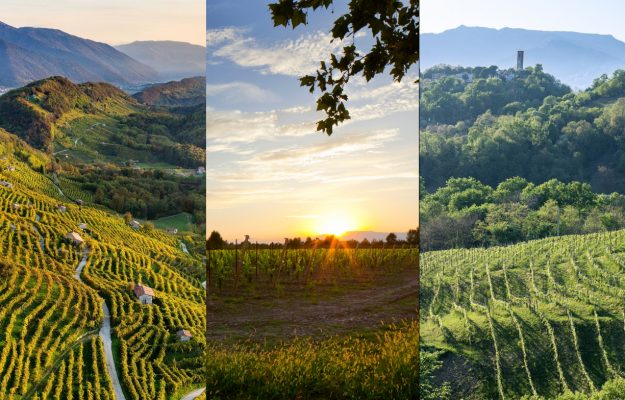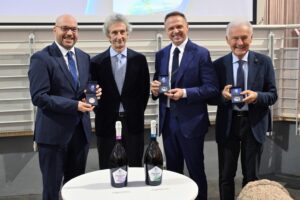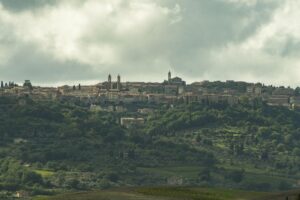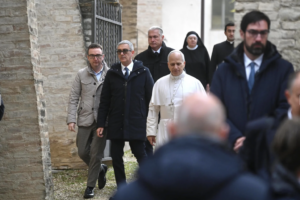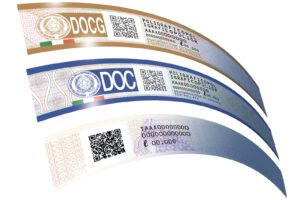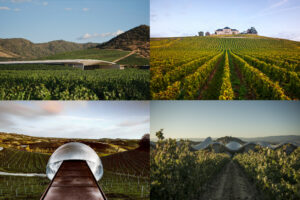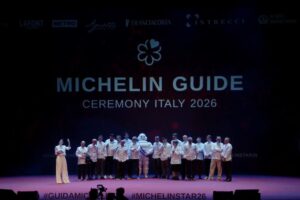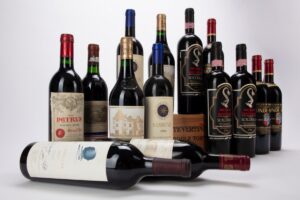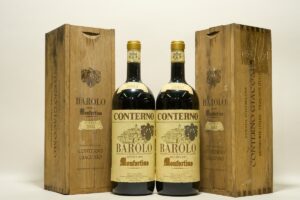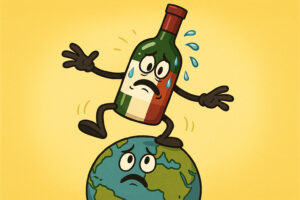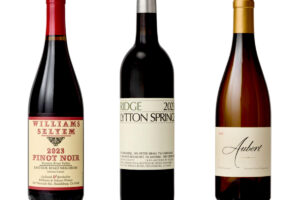Since 2009, when the Prosecco world found its new formula, with the establishment of the Prosecco Doc, the Conegliano Valdobbiadene Prosecco Docg and the Colli Asolani Prosecco or Asolo Prosecco Docg (as per the decree of July 17, 2009), the large Veneto territory, enlarged to Friuli Venezia Giulia to include the hamlet of Prosecco in the municipality of Trieste, a geographic anchor for the protection of European appellations (which protect the origin of the wine, not the grape variety), has become the economic locomotive of Italian wine, driving exports (which continue to grow at double digits in 2022) and beyond. The three appellations, looking at data from “Cantina Italia”, on average account for 10% of Italian PDO wine cellar stocks. A volume of fire that, in 2021, touched 750 million bottles (including 627.5 of Prosecco Doc, 100 of Conegliano Valdobbiadene Prosecco Docg and 21 of Asolo Prosecco), for a total turnover estimated at more than 3.5 billion euros. With overall values growing in all three denominations. But as has happened in so many territories, such a sudden and tumultuous growth, in little more than a decade, has not been and is not easy to govern, also at the communication level, because around the name “Prosecco”, which by now is a brand of world renown, as famous as Champagne and often become, not by its own will, synonymous with made-in-Italy sparkling wine, also very different realities are articulated.
There is the system of Conegliano and Valdobbiadene, with its Unesco Heritage Hills, its heroic viticulture, the “Rive”, which tell it best, and the “cru” of Cartizze, a tiny plot of land from which a few bottles of bubbles are born that now have quotations equal to many great Italian reds. There is the great “plain” Doc, a locomotive that, with the force of numbers, has spread the name “Prosecco” around the world, as never before. And there is the “enclave” Docg of Asolo, which has been reasoning for some time now with great appellation numbers, and protagonist of a qualitative growth increasingly witnessed by international critics. Three different realities, yet very connected (there are so many wineries and producers insisting on the Doc and in at least one of the two Docg, if not in both), able, often, to move united especially on the international protection front (as recounts the case, still not closed, of the Croatian “Prosek”). But whose territories and Consortia, not infrequently, are agitated by internal polemics, as happened recently, on the use of this or that term, such as “Superiore” or this or that tool, in the narrative of the designations and so on (such as “Anteprima Prosecco”, brand that the Prosecco Doc Consortium has withdrawn, ed.). Sometimes, as observers, difficult to understand, so much so that they seem to be dictated more by some individual’s “flight forward” than by real needs or difficulties.
This does not mean, of course, that a virtuous discussion about a different and better organization of communication, perhaps even regulated from within, in a shared way, in a common path that, by the vast majority of producers, is desired and desired, is not positive. For the benefit of a “Prosecco system” that brings together hundreds of companies, winemakers and wine producers, who successfully carry the Made in Italy flag around the world.
Copyright © 2000/2025
Contatti: info@winenews.it
Seguici anche su Twitter: @WineNewsIt
Seguici anche su Facebook: @winenewsit
Questo articolo è tratto dall'archivio di WineNews - Tutti i diritti riservati - Copyright © 2000/2025










